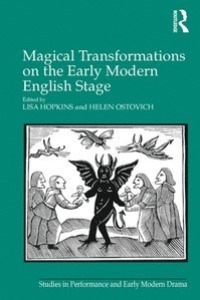
Liknande böcker
Monstruos que hablan: El discurso de la monstruosidad en Cervantes
Bok av Rogelio Minana
The monster is a key figure in Spanish early-modern art and literature. It embodies a revolutionary fictional discourse that reflects violence and ugliness, but also freedom and spectacle. Employing both close readings and monster theory, Rogelio Minana focuses on three of Miguel de Cervantes' most representative works: the short novel ""El coloquio de los perros,"" the play ""El rufian dichoso"", and the novel ""Don Quijote de la Mancha"". Minana argues that Cervantes' protagonists - as well as the very discourse that forges them - are monstrous: extreme, beyond the norm, threatening and threatened, spectacular, and fluid in identity, form, and behavior. Cervantes' pervasive discourse of monstrosity destabilizes fixed meanings and identities as it interrogates biological, social, legal, religious, and aesthetic orders. As extraordinary beings that test the limits of identity and narrative, Minana argues, Cervantine talking monsters reveal the interpretive and discursive nature of the modern subject.







